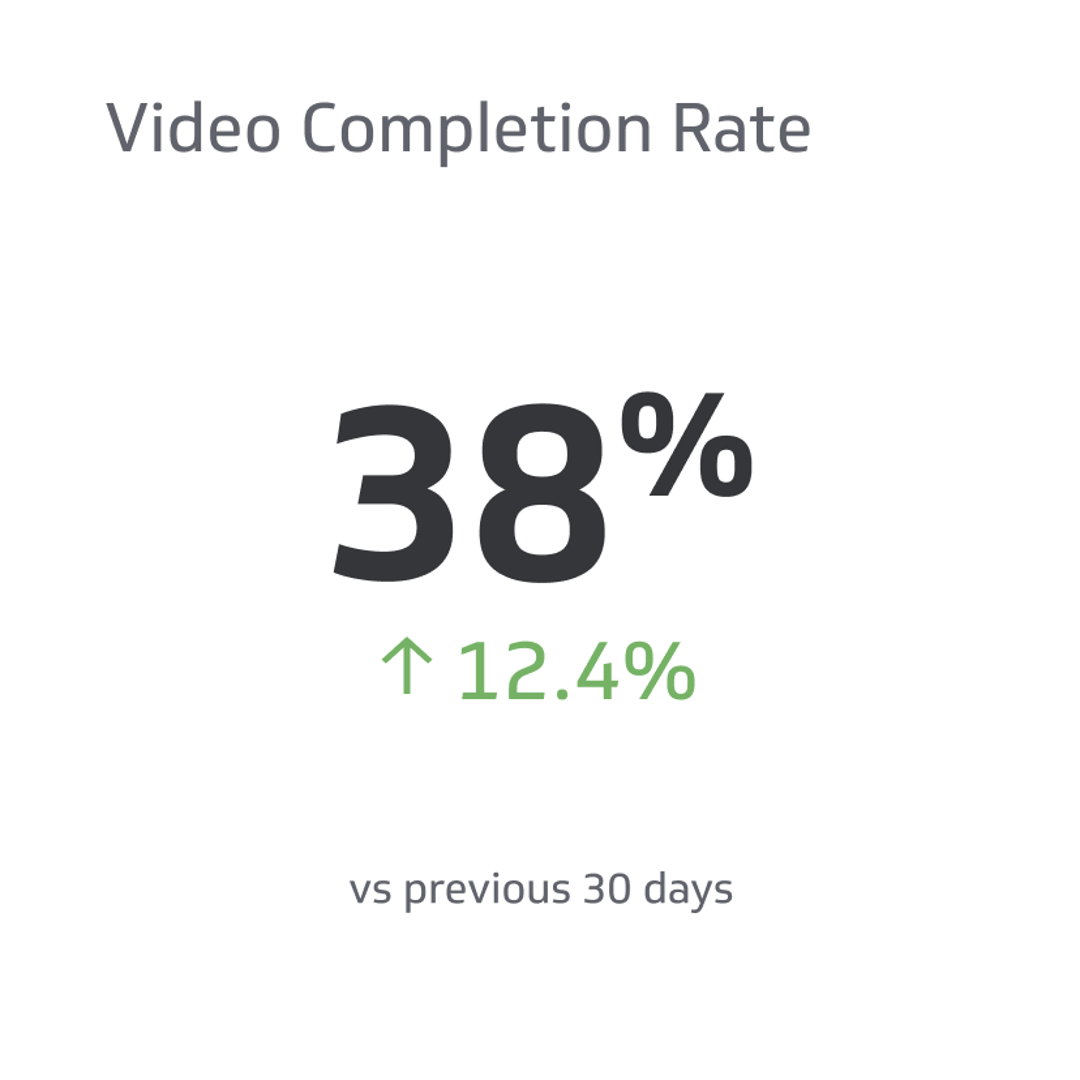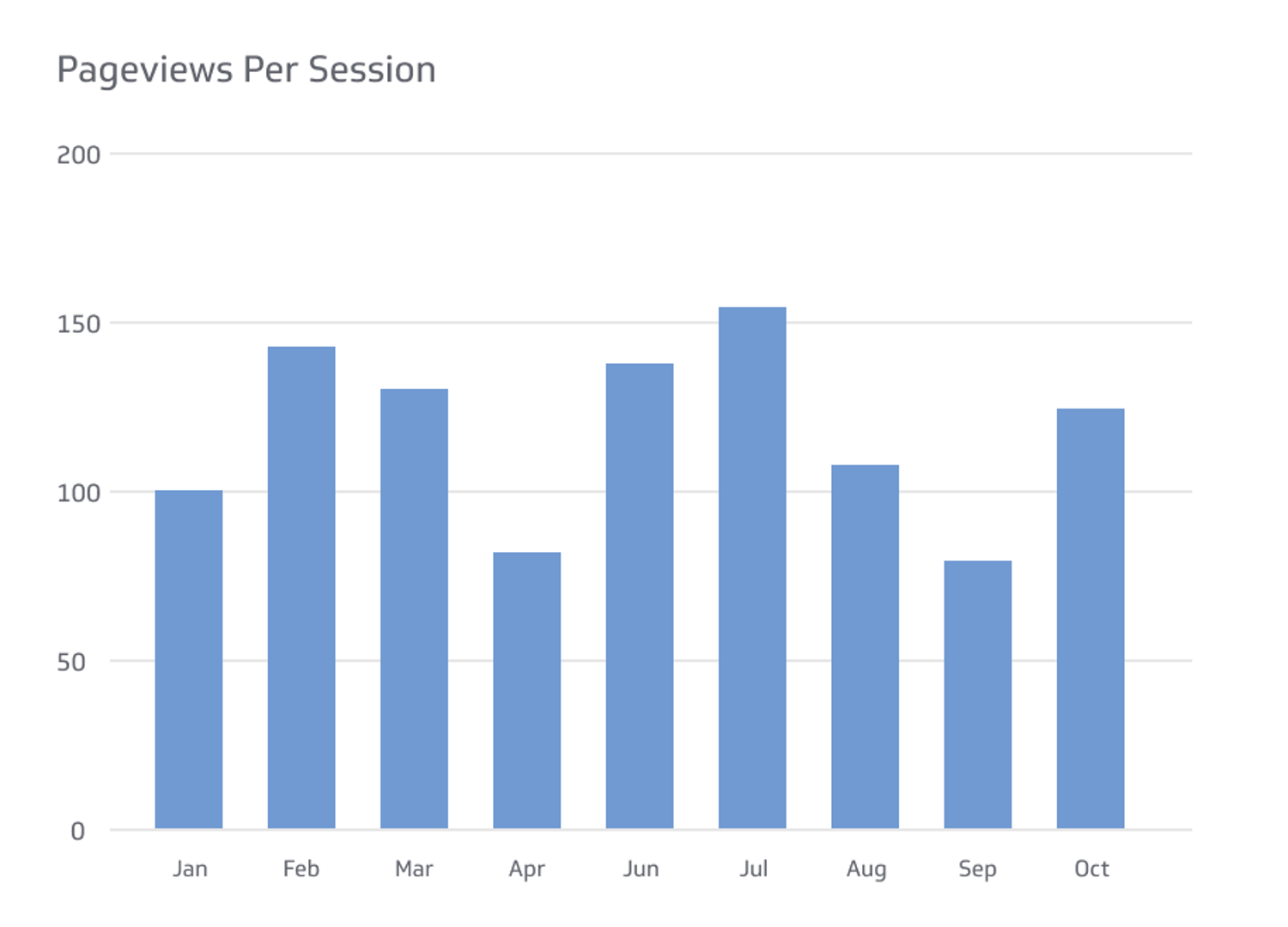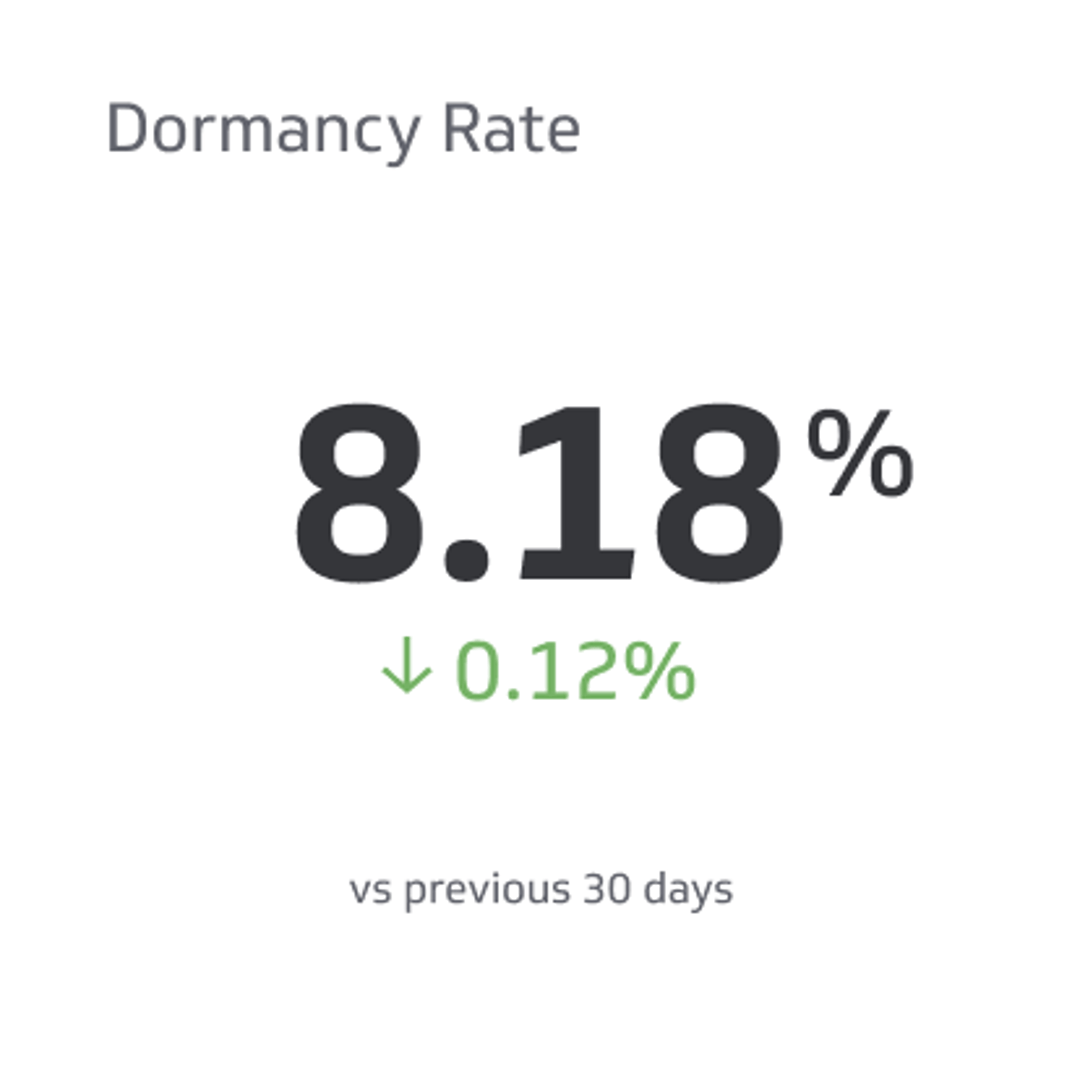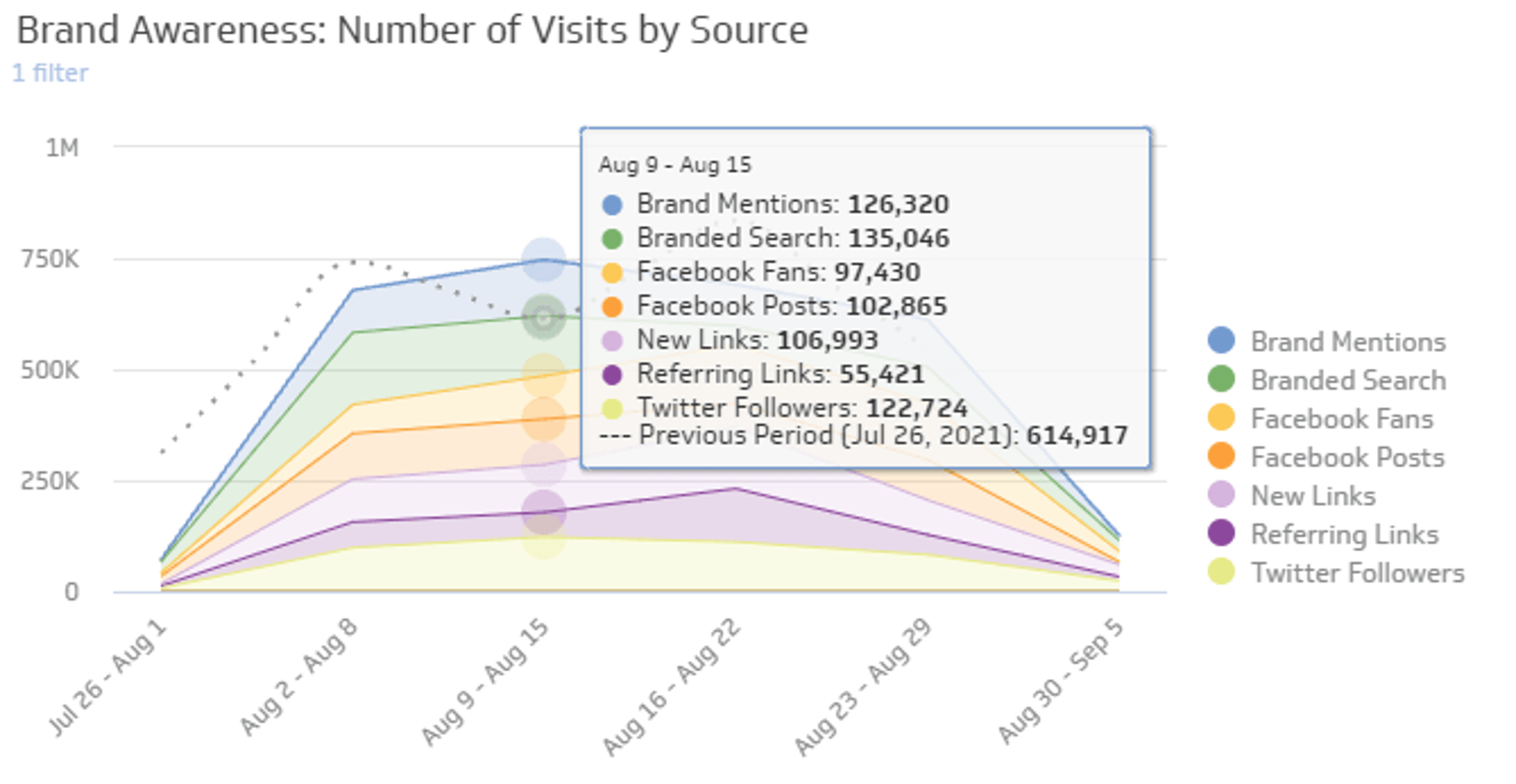Video Completion Rate (VCR)
Video Completion Rate (VCR) represents the percentage of people who watch your video ads to their completion.
Track all your Digital Marketing KPIs in one place
Sign up for free and start making decisions for your business with confidence.

Content creation comes with plenty of tricky risks and experimentation. When people create videos, they do so in the hopes that others consume them, but how do you know if your average viewer enjoys your video content? That's simple. You take a look at your video completion rate.
Video completion rate, or VCR, is valuable for content creators, investors, sponsors, and advertisers. Your video completion rate factors into plenty for your business and content creation needs. Here's a better look at VCR, its importance, and how to improve it.
What Is Video a Video Completion Rate?
Essentially, your VCR represents the percentage of people who watch your video ads to their completion. Advertisers use video completion rate as one of their main digital marketing metrics for gauging the success of their video-based advertisements.
Advertisers and digital marketers mainly use VCR, but it's still relevant to others, such as YouTube content creators, bloggers, and investors. It's relevant because your VCR measures engagement, which is helpful for any profession focusing on creating video-based digital media.
How To Calculate Your Video Completion Rate
There aren't too many steps in calculating your VCR. Even so, before doing any calculations, ensure you have a reliable method of collecting and reading your video data. From that data, you'll need two important pieces of information.
You'll need the number of view-throughs and the number of video clicks. Most analytic tools will provide this data somehow, but depending on your software, it'll appear in different places.
Once you have that information, you can start calculating your VCR. Here's the breakdown of each part and how to calculate your VCR. To keep things basic, here's the formula that you want to use:
Video Completion Rate = (View throughs x 100)/ Impressions. The first part of the formula focuses on multiplying your view-throughs by 100.
For example, if 8,000 viewers watched your video completion, you'd multiply that number by 100, getting 800,000. Next, you'll divide that number by your impressions (the total number of people that clicked on the video).
Say that you have 25,000 impressions for that video. Now you'll divide 800,000 by the 25,000 impressions to get a video completion rate of 32%. Nothing complex about it, but it's important to understand why this simple calculation matters.
Example VCR: (800,000)/25,000 = 32
Why Your Video Completion Rate Matters
There are plenty of reasons to care about your video completion rate. The first and most basic is that it's important to understand what your viewers want to see. If your video completion rate is low, your content might be fundamentally flawed.
For example, the quality of the content may be lacking, or the content itself doesn't appeal to your general demographic. Whatever the problem, it's important to see it immediately and adjust your content accordingly.
Conversely, if your video completion rate is high, your content is hitting the mark. That doesn't mean you rinse and repeat the same formula because your content may get stale. Adjusting your content, even if you see a positive video completion rate, is always important.
Types of Video Advertisements and Video Completion Rates
Advertisers aim for a high VCR to ensure their campaign successfully increases engagement, but depending on the type of ads you're running, your VCR may fluctuate. For example, ads on YouTube are mostly skippable if they have a long runtime.
The ability to skip advertisements leads to a lower-than-average VCR, but people can pay for different ads to ensure that their VCR stays high and that users view their videos. Here are the other video ad types and how they affect your VCR.
- Non-skippable: Non-skippable ads are the best way to ensure a high VCR. These ads force viewers to watch the ad to completion, so naturally, you'll maintain a high VCR, but it won't always tell you whether or not your content is actively engaging or successful.
- In-banner: These ads are less intrusive than non-skippable ones, but people won't always notice them. There are options to close these windows and completely ignore these ads, so engagement and your VCR will change depending on the contents of the video.
- Out-stream: These video ads play in front of or between your content. These ads tend to improve your VCR, but the initial few seconds of your video are critical to improving your VCR and brand engagement.
- In-feed ad: If you need a longer format for your ad, your best bet is in-feed ads. In-feed ads heavily rely on a great description and thumbnail because they appear in places of discovery, such as homepages, search results, and other relevant content.
It's important to note that the video ad length and where it plays greatly affect your VCR. For example, CTV has the highest completion rates for video ads. The next is desktop, and then mobile devices.
Best Ways To Improve Your Video Completion Rate
Now that you get why your video completion rate matters for advertisements and engagement, it's important to understand how to improve it. Attaining a high VCR may seem out of your control, but there are ways to sway things in your favor.
Adjust Your Video Length
The most basic way to improve your VCR is to perfectly adjust your video length to suit the audience, website, or broadcasting space. Long-format videos aren't always appropriate, but similarly, it's not always a good idea to go with extremely short content.
Short-form videos are perfect for announcements, teasers, and audiences with short attention spans. Long-form videos are crucial for content that takes more time to sink in and explain. Trailers, story-driven content, and complex topics all benefit from long-form videos.
For example, streaming websites like Hulu, Twitch, and Netflix are all great websites for long-form ads to play on because people are taking the time to sit down and digest content. Additionally, long-form videos are king on traditional television broadcasts.
Blogs, social media, and YouTube videos benefit more from short-form videos because users will consume content quicker than streaming services. For example, people read a tweet or a blog post and then move on to the next one, leaving little time for long-form video ads.
Focus On Either Desktop or Mobile
While not as complex as adjusting your content length, focusing on certain platforms like desktop or mobile may be your best bet in increasing your VCR. People often try to optimize their video content for both, but for most brands, it is better to pick one or the other.
Consider focusing on one specific demographic, website, and platform. Determine how people consume your video content and optimize for that specific audience and platform. For example, if you optimize for mobile, consider short-form ads that get to the point.
If you're looking to optimize for desktop, you must consider which website you're running your ads on and whether or not the ad type is appropriate. In-feed ads are always great for desktop-based digital content and long-form video ads.
Improve Website Engagement
If you're going to create video content exclusively for your website, you should consider improving your website to promote engagement for your promotions. If your ads are too intrusive, viewers won't give it the time of day.
Adjust the layout and consider the best place to put your ads. For example, some bloggers find success in putting video ads in the middle of blog posts as a sort of break for the reader. They adjust around these video ads by taking important breaks between their content.
Another way is opting to use post-roll video ads. These ads play after the visitor consumers the main content they're reading or watching. If the video ad is relevant, the content that they previously read or watched may motivate them to engage with your video advertisement.
Frequently Asked Questions
Here are some relevant questions and answers to what VCR is and its function.
What impacts your video completion rate?
The main things that impact your video completion rate are quality, length, and context. Other things impact your VCR, such as video length, but other things may be out of your control, like technical difficulties with websites or ad placements.
What are the differences between VTR and VCR?
The difference between VTR and VCR is that VTR measures the frequency at which people view the video or the traffic of the video. VCR strictly focuses on the percentage of people who make it through a video's entirety, but both measure engagement differently.
What is a good completion rate for a video?
Most advertisers want a completion rate of around 70% or more. A completion rate below 70% means there are flaws with the content or marketing strategy. Certain types of video ads also have a higher-than-normal completion rate. For example, mid-rolls have a 97% VCR.
Why do advertisers measure video completion rates?
For advertisers, marketing campaigns must gain the maximum impact possible. If their advertisements have a low video completion rate, then engagement is low, and consumers have no interest in what they're trying to present.
Bottom Line
Creating engaging video content for your ad campaign isn't easy, and there aren't too many shortcuts you can take. Fortunately, there are techniques and methods to help you improve your video completion rate to ensure you get the most from your money.
Try to adjust your video length, and don't be scared to experiment and try new things. Remember, in the digital space, people have short attention spans. That is why it's important to focus on engagement and target viewers who will sit through your ads full duration.
Related Metrics & KPIs



